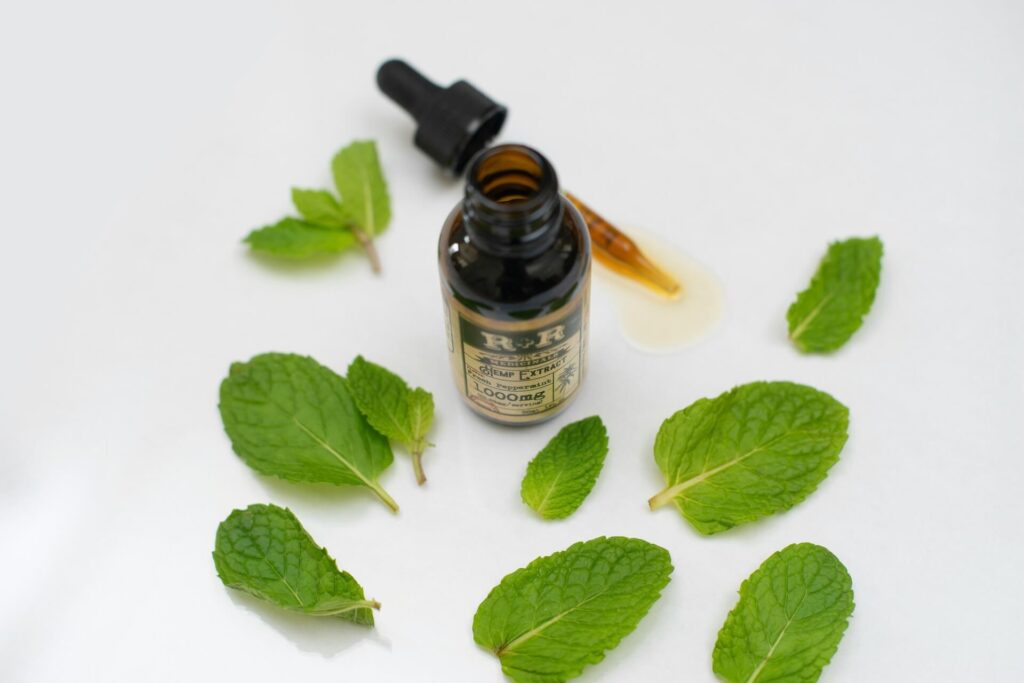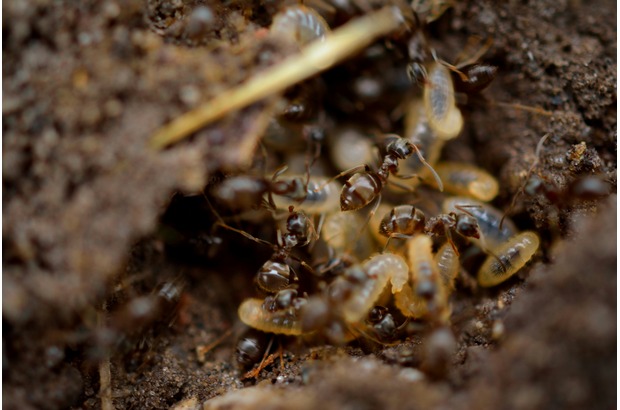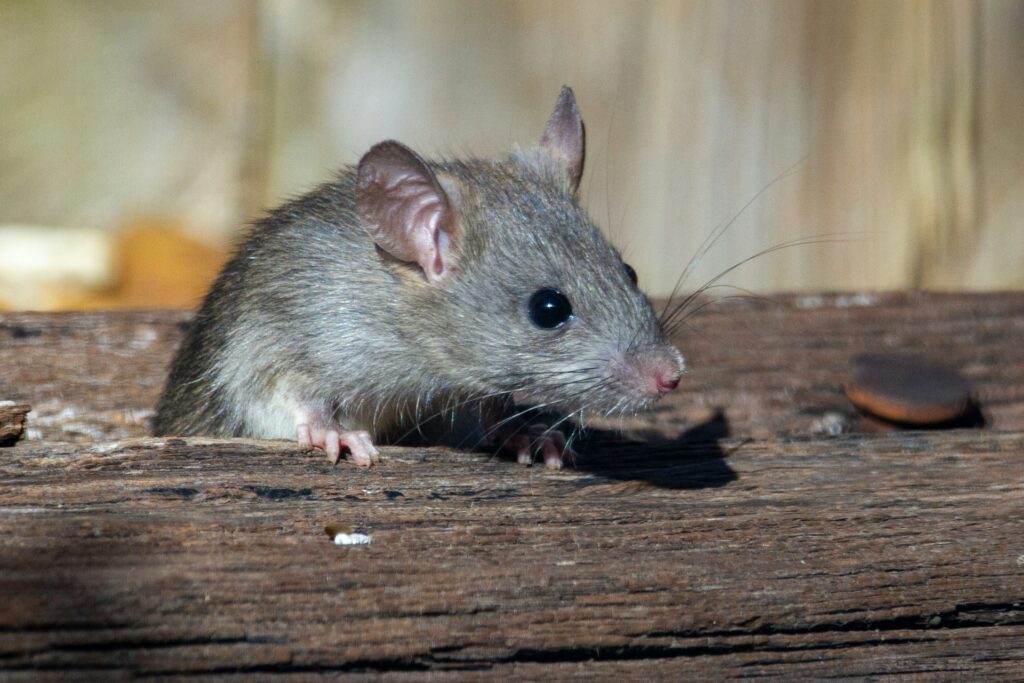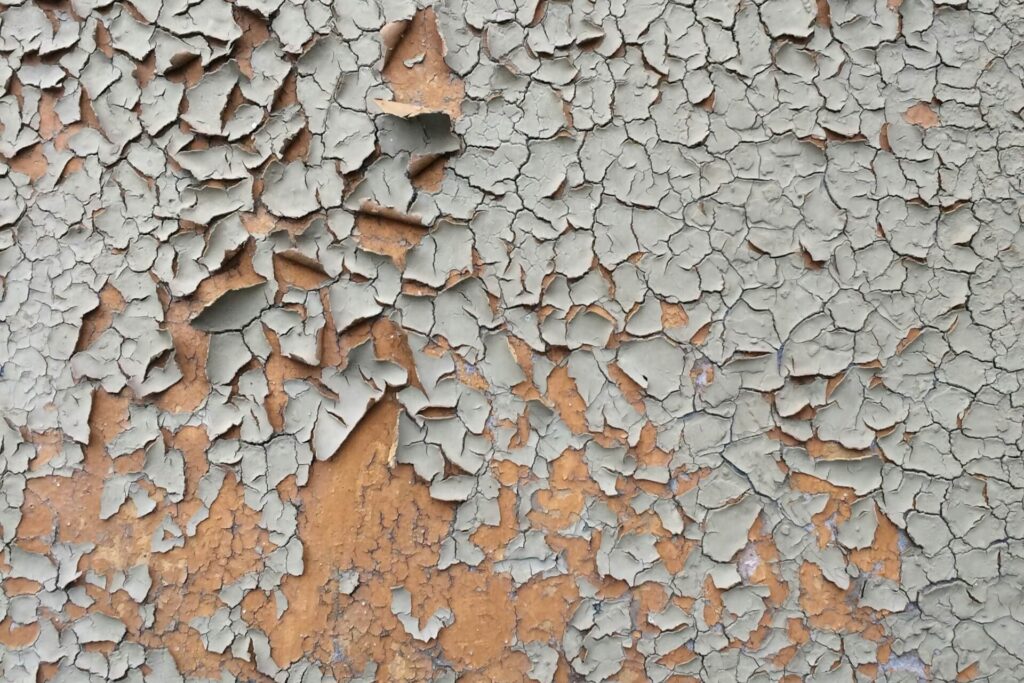
We are reader-supported. When you buy through links on our site, we may earn an affiliate commission.
Eat healthier. Keep fresh fruit on the counter. Bring the outside in with plants. Deal with gnats entering your home and taking up residence. It’s a battle for everyone. Some species of these annoying tiny flies bite humans and animals, while others damage houseplants.
These unwanted guests can be challenging to throw out, but it’s possible. Learn ways how to get rid of gnats quickly and for good.
Why Am I Getting So Many Gnats in My House?
Much like other nuisance pests, gnats gravitate toward houses for food. Fungus gnats love congregating at houseplants. The females lay eggs in damp potting soil and other organic matter. Their larvae feed on plant roots once they run out of fungi and algae to eat.
Fungus gnats can stunt plant growth when their population becomes big enough. They can wreak havoc on your ornamentals by stealing nutrients in the soil, destroying plant root hairs and colonizing root systems.
Eye gnats may hover around people’s heads and animals to feast on mucus. These insects can cause pink eye, which can be contagious.
Biting gnats, as their name suggests, seek blood for nourishment. Their females have scissor-like jaws designed for piercing through exposed skin. These little vampires feed in the morning and evening. They lay eggs in running water or any vegetation trailing it. The males live off plant nectar and sap.
Unlike fungus gnats, biting gnats don’t spread diseases to humans. However, their saliva may trigger an allergic reaction. They can cause welts where they bite, which can be extremely itchy. Farmers and ranchers should be wary of biting gnats because they can transmit bluetongue virus to livestock.
Gnats are weak fliers — they normally stay close to their food sources. You may notice them inside the house in late fall or winter after bringing your potted plants inside.
How to Get Rid of Gnats in the House Quickly? 4 Ways
Gnats outnumber you, but you can outsmart them. Eradicate these minuscule pests with these four tricks.
1. Lure Them to Sticky Cards

For gnats on your houseplants, your best bet is to lure them to sticky cards you place on a tiny stake in the soil. They’ll stick to the card as they flit around the plant. Then, throw the deceased bugs and the sticky card in the trash, replacing it with a new one as needed.
2. Sprinkle Diatomaceous Earth around Your Potting Soil
If you wonder how to kill gnats in your home, use diatomaceous earth — fossilized remains of aquatic organisms called diatoms.
This white powdery substance has a rugged texture, which is fatal to soft-bodied insects like gnats. It absorbs the fats and oils from their exoskeleton upon contact. This material’s abrasive shards finish the job.
Keeping the diatomaceous earth on your potting mix’s outermost layer is key. Watering your plants may wash it away, so keep reapplying until the gnats are gone.
Alternatively, you can use dry sand.
3. Lay Down Potato Traps
Want to know how to catch gnats in the house? Use this potato trick!
Slice up raw potatoes, and lay them down on the surface of the soil of your houseplants. Wait a few hours and see whether larvae are having a buffet on the slices.
If you catch these hatchlings red-handed, dispose of the slices along with the baby gnats chomping on them. This action should kill an entire generation of this flying pest.
4. Declare a No-Fly Zone with Peppermint
Gnats despise the scent of menthol emanating from this minty plant. Learn how to get rid of gnats in your house quickly with this repellent in various ways.
Mix a Peppermint Spray
Buy a bottle of peppermint oil to make an anti-gnat solution. Get the pure kind for maximum potency.

Mix a couple of drops of this essential oil with water and some vinegar — a dispersing agent — in a spray bottle. Shake the container before use and apply it in areas gnats typically frequent.
Use a Diffuser
This appliance atomizes essential-oil-impregnated water, releasing it into the air as vapor. It spreads the scent of peppermint throughout your spaces, creating a soothing atmosphere for you and an undesirable environment for gnats.
Generally, you only need to fill your diffuser with water and a few drops of essential oil. Fire it up, and it should be good to go.
Some diffusers may work differently than others. Read the owners manual to know exactly how your unit works. Follow its manufacturer’s instructions correctly.
Make Peppermint Balls
Cotton balls soaked in peppermint oil key fruit flies at bay. They should also deter various species of gnats.
Put peppermint-smelling cotton balls in different corners of your house to stop ongoing invasions, preventing adults from laying eggs inside your home and curbing their numbers from the pupal stage.
Put the cotton balls at entry points — such as windows and exterior doors. Such placement should convince gnats to target another house instead of intruding into yours.
How to Keep Gnats out of House for Good
The best way to get rid of gnats for good is to remove all potential food sources from your home. Aside from vegetation, organic waste may magnetize some species. Place all produce in the fridge, keep your home clean, empty the trash as often as possible and cover your garbage bins at all times.

Growing peppermint at home is another surefire way to chase away gnats of all kinds — and many other types of flies, for that matter. Enough of this aromatic plant can create a botanical barrier around your house. Strong peppermint-scented air helps ward these sneaky insects off.
Peppermint is relatively easy to grow because it’s highly adaptable. This herb thrives in the United States Department of Agriculture’s hardiness zones 5-9, which means it prefers colder climates. Spring is the ideal growing season.
This mint’s desirable growing conditions are 55-70 degrees Fahrenheit, and it can tolerate some short periods of frost. It loves the sun but can still grow in partially shaded areas.
This plant can also survive in humid regions if the soil is moist. However, avoid overwatering it.
Peppermint doesn’t need any fertilizer. Let it grow naturally to develop rich foliage and flowers with concentrated oils, which gnats hate.
Frequently Asked Questions
Get your pressing questions about gnats answered.
What’s the Difference Between Gnats and Fruit Flies?
The most telling differences between gnats and fruit flies are their colors and body shapes. Gnats have black, slender bodies, whereas fruit flies have round lower bodies and are typically brownish.
Many mistake one for the other because they look identical to the untrained eye. Although both insects are members of the Diptera fly order, their anatomies reveal they’re completely different organisms.
Where Do Gnats Come From?
Gnat populations spread across the world. Their lineage stretches back into prehistory, dating back to tens of million years ago.
In the ‘60s, a Danish amber collector chanced upon a fossil of an extinct species of ancient fungus gnat from a rare genus. Researchers believe it’s the missing link between living and rare gnats in the U.S. and Japan.
Many gnat species may still be unknown. Scientists continue to make discoveries to this day. These bugs hide in plain sight by masquerading as mysterious phenomena — like the strange snakeworm, which turns out to be a row of larvae of a newly described tiny gnat species crawling over each other.
What Smells Make Gnats Go Away?
Gnats hate the aroma of peppermint, making it an effective repellent. These winged pests can’t stand eucalyptus, lavender, lemon, pine oil, vanilla and vinegar either.
Get Rid of Gnats in Your House Quickly and for Good
Keeping gnats off your property can be challenging despite knowing how to get rid of them. Follow every tip you learned today until you reclaim your home from these pesky invaders.
Original Publish Date May 1, 2024 – Updated April 2, 2025







